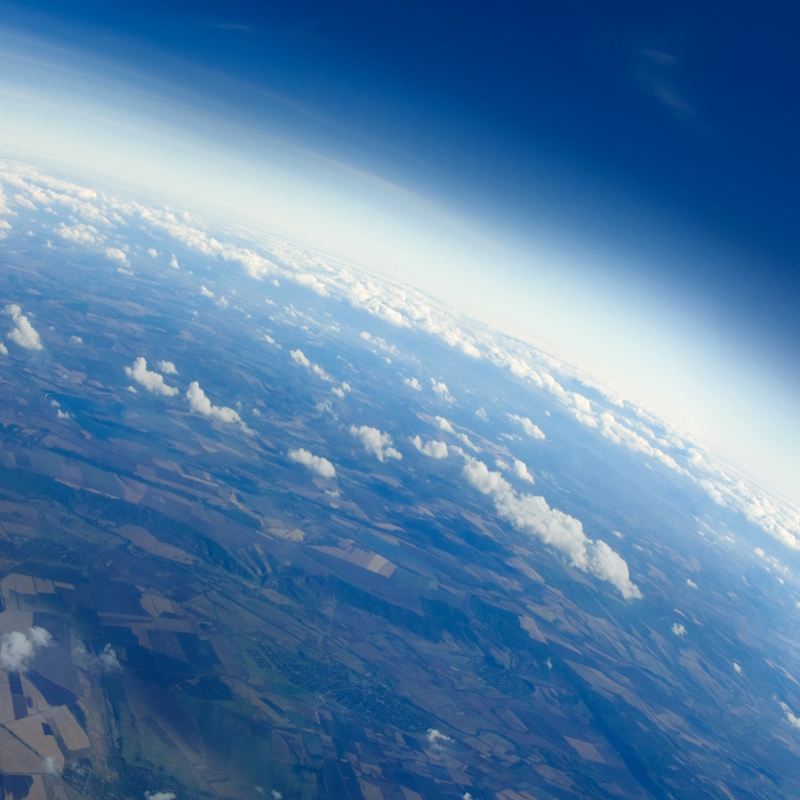Shaena Montanari is a palaeontologist and former Newton International Fellow at the University of Edinburgh.

Shaena Montanari is a palaeontologist and former Newton International Fellow at the University of Edinburgh. She tells us about the motivation for ‘Dinosaur Doctors’ an outreach program that saw her take a suitcase full of fossils to The Royal Hospital for Children and Young People in Edinburgh.
What is Dinosaur Doctors?
This is a program I ran for six weekends in 2016 during my time at the University of Edinburgh as a Newton International Fellow. I designed Dinosaur Doctors to bring palaeontology outreach to children’s hospitals and cheer up children who are in the wards.
During a session, I would meet with a small group of children in a play area or one-on-one at their bedside if they could not get up. I took along a dinosaur-shaped suitcase full of fossils, both real and replica, to tell them about and let them touch. I also used dinosaur toys which were both fun to play with and gave the children an idea of what the actual animal looked like. They always enjoyed the models of T. rex teeth and coprolites—fossil dinosaur poo!
Why was this project important to you?
I love public engagement and like to find creative ways to bring new audiences to science, especially ones who need it most. Museums and universities do great outreach projects, but often these events unknowingly miss certain parts of the population. Being in hospital is not fun, especially for children, but also their families. Palaeontology is a field that has nearly universal appeal so I thought bringing it to a hospital would be a guaranteed success. Sometimes in science we don’t consider physical barriers to getting involved in learning and we need to think of other accessible methods of exposing the public to what we do.
How did you start this project?
I have had this idea for a few years, but shortly after I arrived in the UK I saw the Palaeontological Association had a call for public engagement grants. I was easily able to interface with The Royal Hospital for Children and Young People in Edinburgh and their charity, the Edinburgh Children’s Hospital Charity. I received an immense amount of support and excitement about this project from the foundation which was invaluable.
After receiving the small grant, I was able to buy the supplies needed for the program and develop the materials and plans. I had to buy fossil casts that could be cleaned off for use in the hospital. The point of the program was to be hands-on so I had to spend a few months preparing for that. I printed activity books and custom Dinosaur Doctors backpacks to give to the children after I left them so they would have a positive memory of the experience, which was a big hit.
How did it go?
Over the six sessions of the program, it was extremely well-received. I connected with patients and their families from all over Scotland, some who had never been to the National Museum of Scotland in Edinburgh or had much exposure to any palaeontology education. On the other hand, some children were dinosaur experts and wanted to be quizzed on dinosaur names!
At times, it was obviously difficult. Some of the children are very ill but still are interested in a little engagement. I have to be able to read the child and understand what level I should be interacting with them on. Even in difficult times, it was very exciting to see a sick child perk up a bit when they got to hear about dinosaurs or just touch a real fossil. It was a different environment than I am typically used to educating in, but definitely one of the most rewarding.
What is your advice to other scientists looking to engage with the public?
The goal of public engagement does not always have to be education in a traditional sense. Dinosaur Doctors isn’t about performing well on a quiz or a test or even trying to get young people into palaeontology as a career choice (although that is always a possible side effect)—it is about engaging and using science as a mechanism for distraction and enjoyment. Arts in hospitals can heal, so why not science? My advice would be to look for a community that scientists don’t often go to and see if you can expand your reach there. These ventures can be funded by professional societies that often have small engagement grants available for basic outreach support.
For me, Dinosaur Doctors has been a life-changing experience that I am working on making a more official charity outreach project in the United States where I live. Fossils and dinosaurs bring excitement to many and as a palaeontologist, I feel I should share that gift with any community I can.
